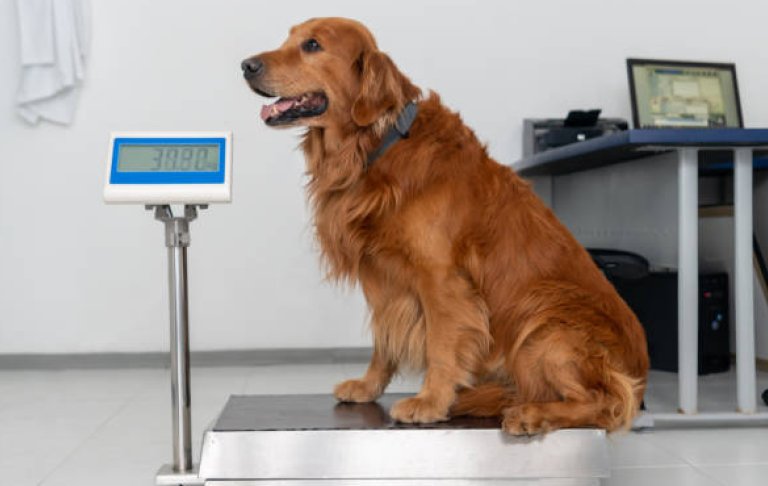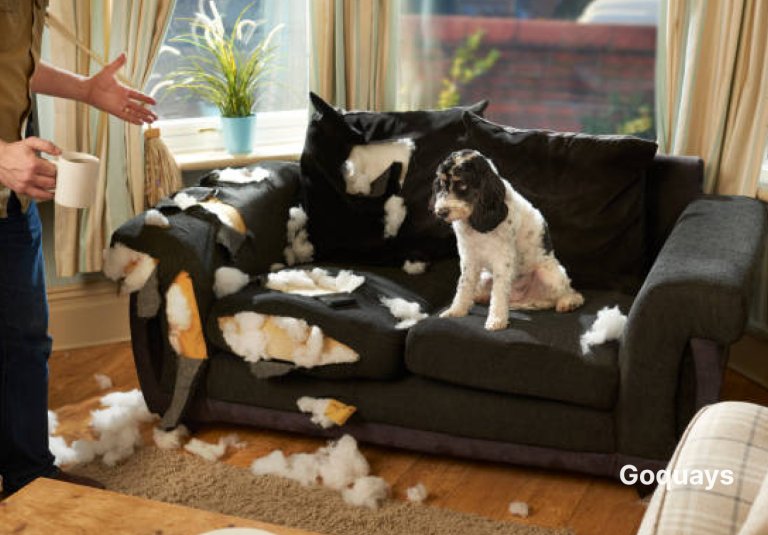hinking of giving up on your dog’s annoying habits? Don’t. You’re not alone and your dog isn’t broken. Most dog owners run into at least one dog behaviour problem. Whether it’s barking at everything that moves, chewing up your shoes, or furniture, behavioural issues are part of dog ownership. But they don’t have to be permanent.
The good news is, most dog behaviour problems have simple explanations—and even better solutions. Some behaviours come from boredom, others from fear, and a few are just bad habits that were never corrected. Knowing the reason behind the behaviour is the first step to fixing it.
This guide will help you spot the ten most common dog behaviour problems. We’ll break down why they happen and how you can gently train your dog to stop them. From excessive barking to leash pulling and stealing food, we’ll walk through real-life examples and practical solutions you can start using today.
You don’t need fancy tools or harsh punishments. You just need time, consistency, and a little patience. Every dog can learn better habits—even the stubborn ones.
Ready to turn your dog’s worst behaviours into well-mannered habits? Let’s get started with the top ten dog behaviour problems and what you can do to fix them.
10 Dog Behaviour Problems and How to Fix Them
Excessive Barking

Barking is your dog’s way of talking. But when it becomes constant, it can signal an underlying dog behaviour problem. Dogs bark for many reasons—boredom, excitement, fear, territorial instinct, or simply to get your attention. Some breeds, like Beagles or Terriers, are naturally more vocal. But if your dog barks at every little sound, or when left alone, it could point to stress or a lack of stimulation.
Environmental triggers also play a role. Loud noises, other dogs, passing people or animals, and even changes in routine can cause excessive barking. Sometimes, barking is a learned behaviour—your dog may have discovered that barking gets them what they want. Over time, this becomes a habit, especially if left uncorrected.
How to Reduce Excessive Barking
To fix this dog behaviour problem, start by identifying the trigger. Is your dog barking at strangers, or when you leave the house? Keep a diary of when and where the barking happens. If it’s boredom, add more playtime and walks. Tired dogs bark less.
Training is essential. Teach your dog the “quiet” command using treats and praise. Avoid yelling—it can sound like barking to your dog and make things worse. Use distractions like toys or puzzles to redirect their attention.
For anxiety-driven barking, try calming aids like dog-appeasing pheromone sprays or anxiety wraps. If the problem continues, consult a professional trainer or vet. Consistency is key—reward calm behaviour and ignore unnecessary barking.
Controlling barking takes time, but it’s manageable. Once you find the root cause and apply the right training, your home becomes quieter, and your dog becomes calmer.
Separation Anxiety
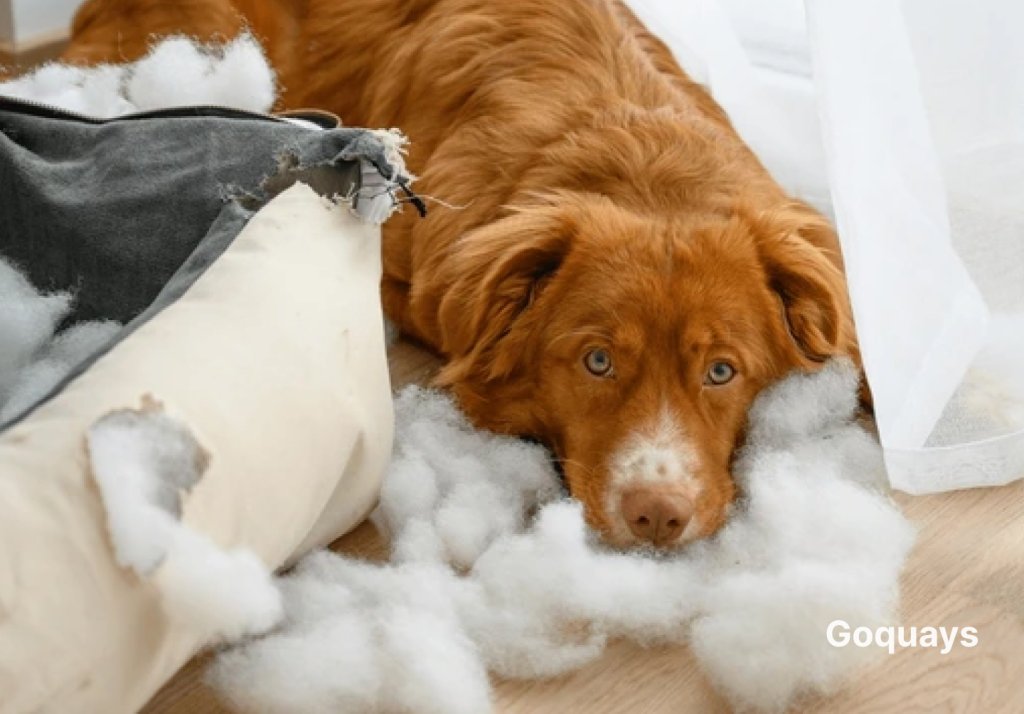
Separation anxiety is one of the most common dog behaviour problems. It happens when your dog becomes extremely distressed when you’re not around. This can lead to barking, whining, destructive chewing, or even house soiling the moment you leave.
Dogs are pack animals, so being alone can feel unnatural—especially if they’ve formed a strong attachment to you. Triggers may include sudden schedule changes, a recent move, or being rehomed. Rescue dogs or those who’ve experienced abandonment are particularly prone to this issue.
Your dog isn’t being naughty; they’re panicking. Common signs include pacing, drooling, attempts to escape, or destructive behaviour directed at doors and windows.
Ways to Help Your Dog Cope
Start by desensitising your dog to departures. Pick up your keys, but don’t leave. Put on your shoes, then sit down. This breaks the association between these cues and your leaving. Practice short absences and gradually increase the time away.
Leave behind comforting items, like a worn t-shirt or a safe chew toy. Puzzle toys with treats can also keep their mind occupied while you’re gone. Create a routine so your dog knows what to expect.
Avoid long, emotional goodbyes or dramatic reunions. Stay calm to show your dog that coming and going is normal. Daily exercise can help reduce anxiety levels and promote relaxation.
In severe cases, speak to your vet. Medication, calming sprays, or working with a behaviourist may be necessary. Patience is essential—progress might be slow, but with consistency, your dog can learn to feel safe and secure when alone.
Aggression

Aggression in dogs is a serious dog behaviour problem that shouldn’t be ignored. It can appear as growling, snapping, lunging, or biting. Dogs may act aggressively out of fear, pain, possessiveness, frustration, or poor socialisation.
Some aggression is rooted in genetics or past trauma, especially in rescued or abused dogs. Lack of proper training during puppyhood can also result in poor impulse control. If your dog is guarding toys, food, or people, that’s called resource guarding. Territorial aggression occurs when dogs feel their space is being invaded.
Sometimes, aggression can be linked to health issues. A dog in pain may lash out if touched. Always rule out medical causes with a vet before starting behaviour training.
How to Calm and Retrain an Aggressive Dog
The first step is identifying what’s causing the aggression. Keep a log of incidents—what happened before, during, and after. Never punish aggressive behaviour; it can escalate fear and worsen the problem.
Instead, use positive reinforcement to encourage calm behaviour. If your dog reacts aggressively around strangers, gradually expose them from a distance and reward calm responses. Over time, reduce the distance while still rewarding calmness.
Obedience training can help your dog feel more secure and give you more control. Commands like “sit,” “stay,” and “leave it” can help redirect focus.
Avoid triggers when possible and set your dog up for success. If the behaviour is severe or escalating, consult a professional behaviourist who uses force-free methods.
Aggression can’t be cured overnight, but it can be managed. With patience, consistency, and the right support, your dog can become safer, happier, and easier to live with.
Destructive Chewing
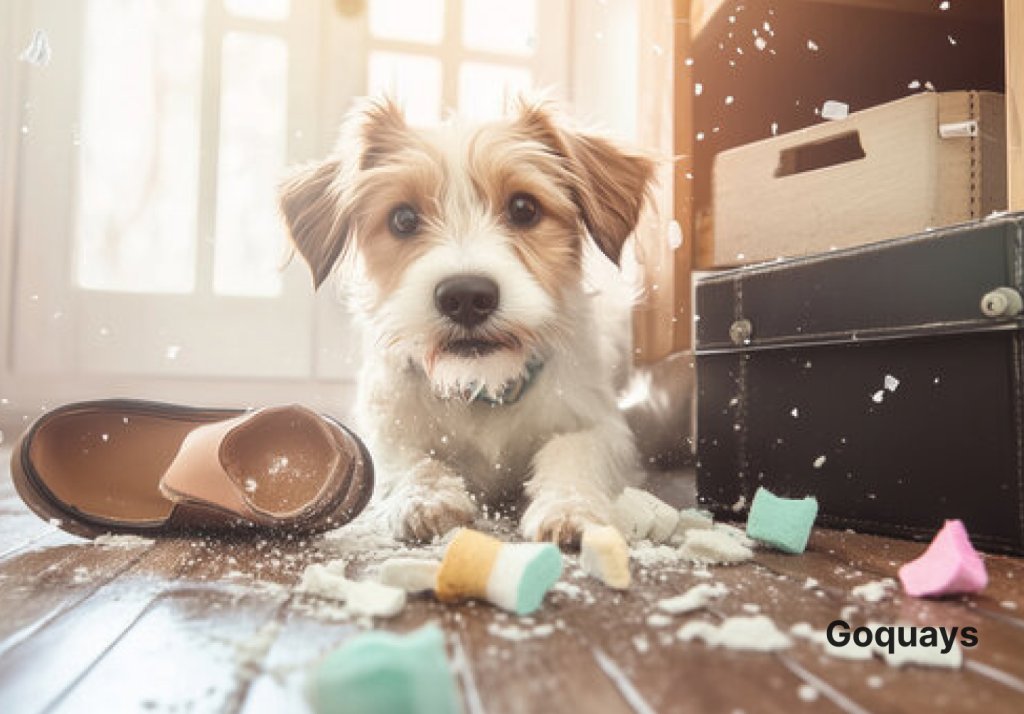
Chewing is a natural behaviour for dogs. Puppies chew to explore their world and relieve teething discomfort, while adult dogs chew to keep their jaws strong and teeth clean. But when chewing turns destructive, it becomes a frustrating dog behaviour problem.
Common reasons include boredom, anxiety, teething, or lack of proper chew toys. Dogs left alone for long periods without stimulation often turn to chewing as a way to relieve stress or entertain themselves. Some dogs chew out of frustration or to seek your attention—especially if it worked once before.
Sometimes chewing is linked to nutritional deficiencies or medical issues. If your dog suddenly starts chewing unusual items like rocks or dirt, consult your vet.
How to Stop This Dog Behaviour Problem
Prevention starts with management. Keep tempting objects like shoes, cables, and children’s toys out of reach. Provide plenty of safe, appealing alternatives like rubber chew toys, bones, or puzzle feeders.
Exercise and mental stimulation go a long way. A tired dog is less likely to chew. Take your dog on regular walks, engage in play sessions, and rotate toys to keep things interesting.
When you catch your dog chewing something inappropriate, interrupt gently with a sound or command. Then, redirect them to a chew toy and praise them when they use it. Avoid punishment—it can create anxiety and make the problem worse.
Crate training or using a safe playpen when you’re away can also help prevent destructive chewing. Just ensure your dog gets enough interaction and exercise when you’re home.
With consistency and the right tools, you can turn your dog’s chewing habits into something healthy and manageable.
Inappropriate Elimination (House Soiling)
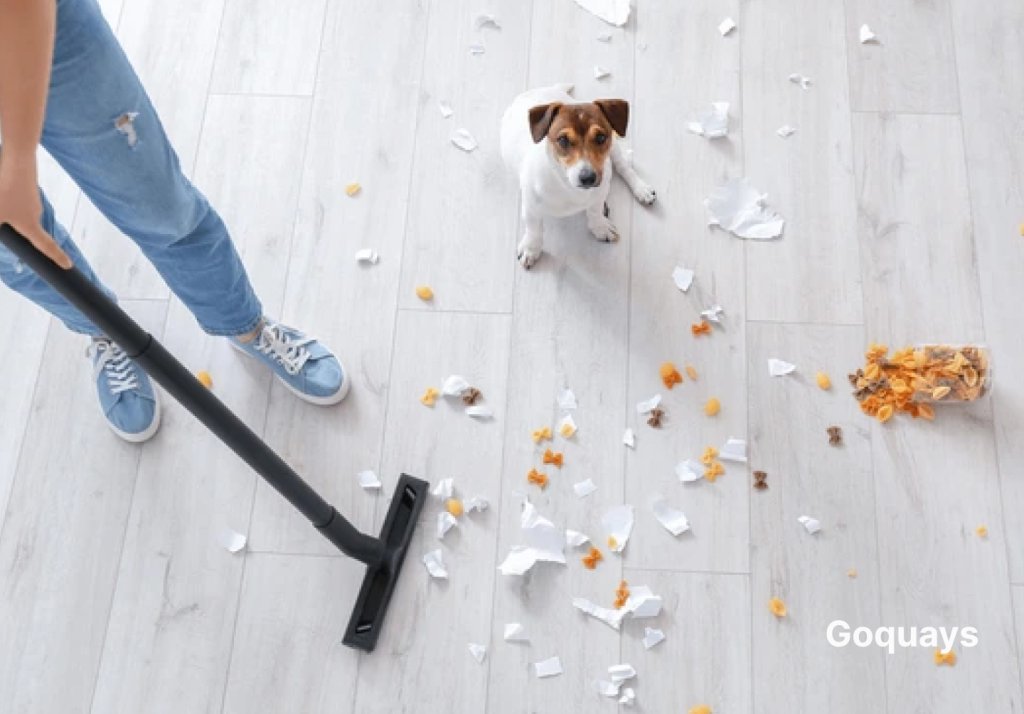
Inappropriate elimination—urinating or defecating indoors—is a messy and stressful dog behaviour problem. It’s common in puppies but can also occur in adult dogs due to poor training, stress, or medical issues.
Puppies need time and consistency to learn where it’s appropriate to go. Older dogs might regress due to changes in routine, moving to a new home, or the presence of other pets. Medical conditions like urinary tract infections, bladder stones, or gastrointestinal problems can also be culprits.
Submissive or excitement urination—especially in young or nervous dogs—can happen during greetings or scolding. Marking is another issue, especially in unneutered males, who use urine to claim territory.
How to Housetrain or Re-train Your Dog
Start with a vet check to rule out health problems. If your dog is healthy, stick to a strict routine. Take them outside frequently—especially after eating, drinking, sleeping, or playing.
Reward your dog immediately when they eliminate outdoors. Praise and treats work wonders. Never punish indoor accidents. Clean the area thoroughly with an enzymatic cleaner to remove lingering odours.
Crate training can help by limiting your dog’s space when unsupervised. Dogs usually avoid soiling where they sleep. Ensure the crate is the right size—big enough to turn around, but not so large they can use one end as a toilet.
If stress is a factor, identify and minimise the triggers. Provide a safe, calm space, and keep changes in routine gradual.
Patience, consistency, and positive reinforcement are key. With time, your dog will understand where to go—and where not to.
Digging
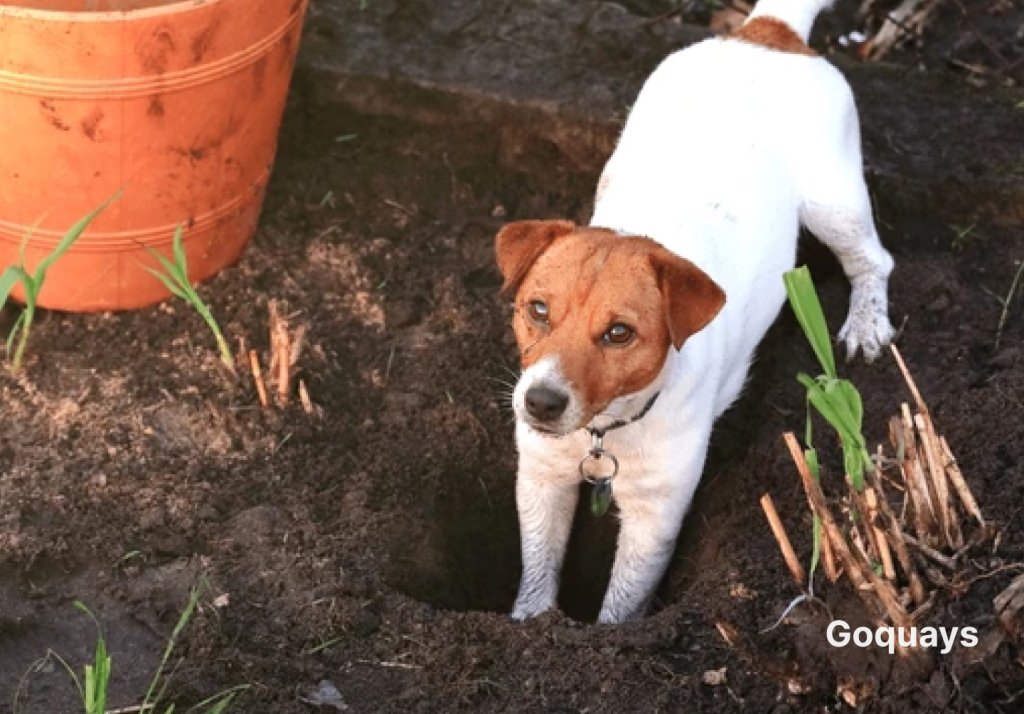
Digging is instinctive for many dogs, especially breeds like terriers and huskies. But it becomes a dog behaviour problem when your garden looks like a construction site or your dog starts escaping under fences.
Dogs dig for several reasons. Boredom is a big one—especially for energetic breeds without enough mental or physical stimulation. Some dig to cool down on hot days, bury toys, or hunt small animals. Female dogs may dig when they’re about to give birth—a nesting instinct.
Stress, anxiety, or even watching you dig in the garden can also trigger this behaviour. For some dogs, digging is just plain fun.
How to Redirect the Behaviour
Start by addressing your dog’s energy levels. Daily walks, playtime, and mentally challenging games can reduce boredom and the urge to dig. If your dog’s a hunter, try to eliminate rodents or pests from the yard safely.
Create a designated digging spot in your yard. Fill it with sand or soil and bury toys or treats to make it more appealing. Praise your dog when they dig in the right spot. Redirect them calmly if they dig elsewhere.
Block access to areas you want to protect using fencing, garden netting, or deterrents like citrus peels. Never punish your dog after the fact—they won’t connect the digging with the scolding.
If your dog digs to escape, make sure your fencing is secure and extends underground. Provide shelter and cool spots so your dog doesn’t need to dig for comfort.
With structure and supervision, your dog can dig to their heart’s content—without destroying your yard.
Jumping on People
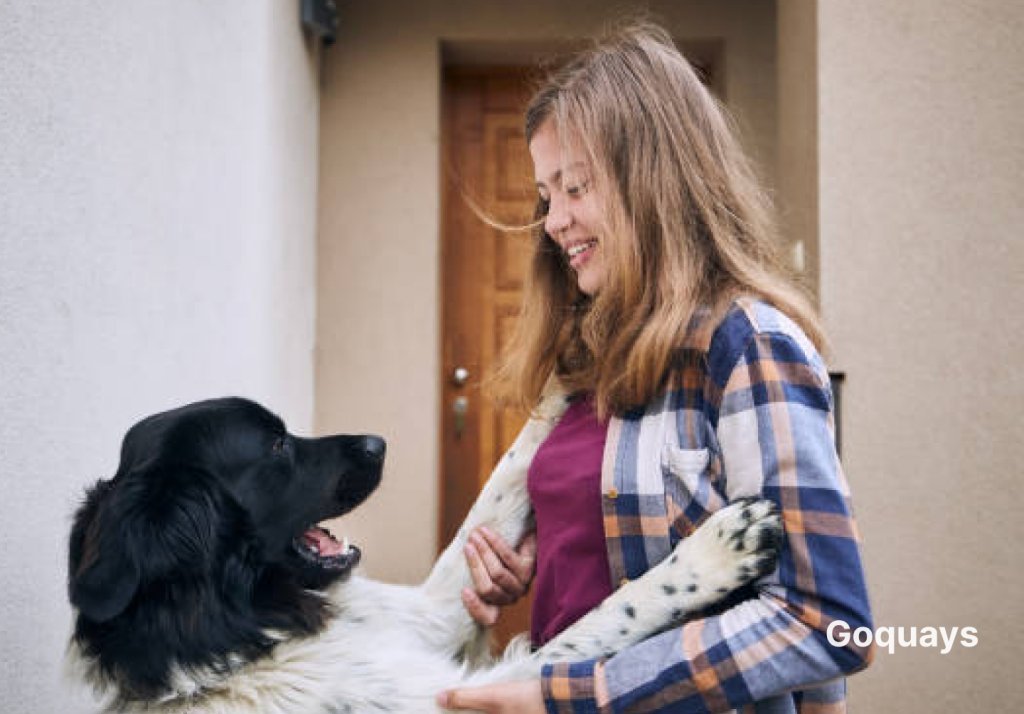
Jumping is one of the most common dog behaviour problems. Dogs usually jump as an excited greeting—they want to get close to your face or simply grab your attention. Puppies often learn this behaviour early on when they’re small and it’s seen as cute, but it becomes problematic as they grow.
Some dogs also jump when they’re anxious, trying to seek comfort. Others do it to assert dominance or to get rewards like petting, treats, or even eye contact. If jumping consistently gets them what they want, they’ll keep doing it.
Even scolding can reinforce the behaviour if it gives the dog attention.
Simple Training Tips to Stop It
The key is consistency. Teach your dog that jumping never gets them what they want. Ignore your dog when they jump—turn your back, avoid eye contact, and say nothing. The moment all four paws are on the ground, reward with praise or a treat.
Teach an alternative greeting like “sit” or “down.” Reward that behaviour every time someone enters the house. Practise with friends or family until your dog understands what’s expected.
Use a leash during greetings so you have control. Step on the leash to prevent jumping if needed, but don’t yank or scold.
Make sure everyone in your household follows the same rules. If one person allows jumping and another doesn’t, your dog will get confused.
With patience, your dog will learn that calm greetings bring rewards—and jumping brings nothing at all.
Stealing Food or Objects
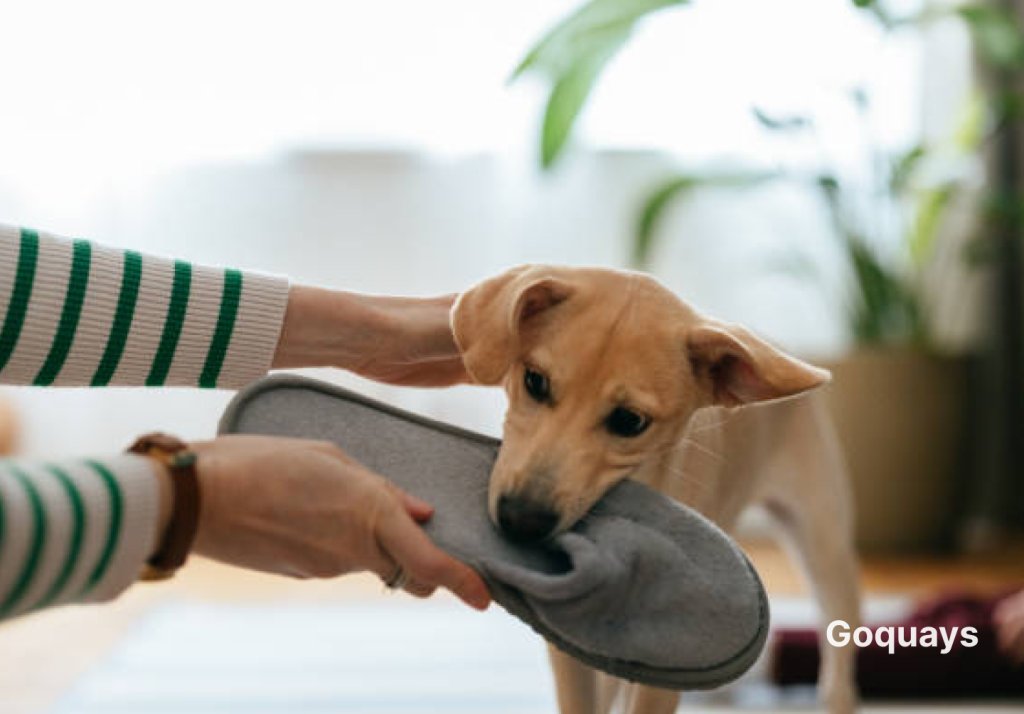
Stealing is a sneaky but common dog behaviour problem. Dogs often grab food or objects out of curiosity, boredom, or for attention. If your dog has ever been chased after stealing something, they may even see it as a fun game.
Some dogs are driven by hunger or past experiences of food scarcity. Others are just exploring their environment with their mouths. Puppies, especially, are natural scavengers. In some cases, stealing is a sign of anxiety—they may hoard objects that smell like you for comfort.
Dogs also tend to repeat behaviours that have been rewarded in the past, even unintentionally.
How to Fix This Dog Behaviour Problem
Start by dog-proofing your space. Keep food out of reach, close bins securely, and limit access to laundry or personal items. Prevention is easier than correction.
Provide your dog with plenty of toys and mental stimulation. Rotate toys regularly to keep them interesting. Make sure your dog has enough exercise, especially if boredom is the cause.
Train a reliable “leave it” or “drop it” command using positive reinforcement. Practise with low-value items and work up to more tempting objects.
Avoid chasing your dog when they steal something—that only makes it more exciting. Instead, offer a trade with a treat or toy. When they drop the stolen item, reward and praise them.
Most importantly, never punish your dog after the fact. They won’t associate the punishment with the ‘stealing’. Focus on setting boundaries, reinforcing good habits, and staying consistent.
Leash Pulling
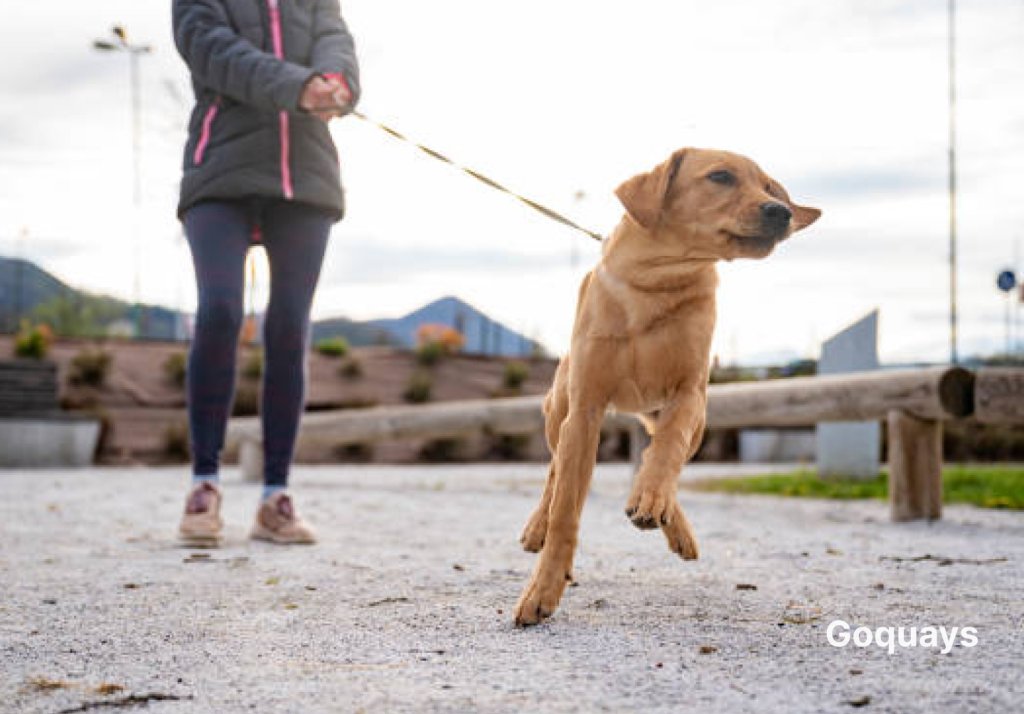
Leash pulling is another frustrating dog behaviour problem that can turn a pleasant walk into a tug-of-war. Most dogs pull because they’re excited to explore the world. Walking too fast or sniffing something interesting triggers the behaviour—and if they move forward, they get rewarded by reaching their goal.
Some dogs pull out of frustration, fear, or overstimulation. Others have simply never been taught how to walk on a loose leash. Certain breeds with high energy levels, like huskies or retrievers, are more prone to pulling.
The habit forms quickly, especially if pulling helps them get where they want to go.
How to Teach Proper Leash Manners
Start training in a calm environment, like your garden or a quiet street. Use a short, sturdy leash and treats your dog loves. When your dog walks beside you without pulling, reward them frequently.
As soon as they start to pull, stop walking. Wait until the leash slackens or call them back. Once they return to your side, resume walking. Repeat every time they pull. This teaches them that pulling gets them nowhere—but calm walking moves things forward.
Use verbal cues like “heel” or “let’s go” to guide your dog. A front-clip harness can give you more control and discourage pulling without hurting your dog.
Be patient and consistent. Don’t expect perfection overnight. Practice short walks and gradually increase the distance.
With time, your dog will understand that walking politely is the fastest way to enjoy the world around them—together.
Begging for Food
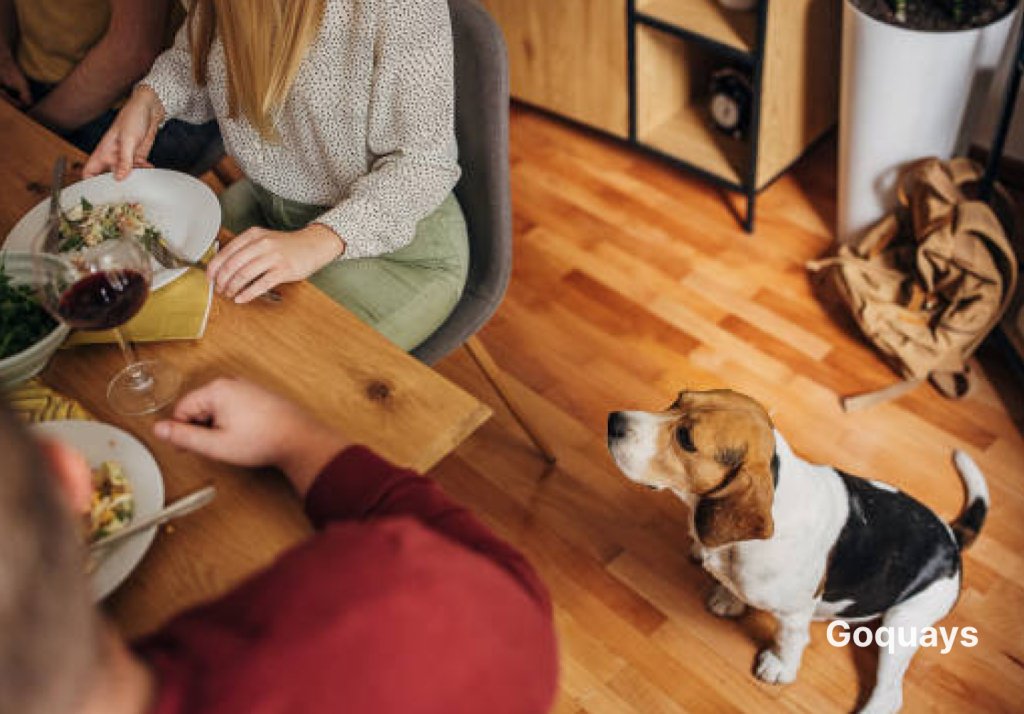
Begging is a dog behaviour problem that often starts with good intentions—giving your dog a little treat under the table or letting them lick your plate. Once rewarded, even once, begging becomes a habit. Dogs quickly learn that those puppy eyes or cute whines get results.
Some dogs beg because they’re truly hungry or not getting enough nutrients. Others do it out of boredom or simply because food smells too tempting. Begging is also reinforced when multiple people in a household sneak treats.
If your dog always seems to beg, especially during meals, it’s likely because they’ve been rewarded for it in the past—consciously or not.
Training Your Dog to Stop Begging
The first rule is simple: never reward begging. Don’t give treats from the table, no matter how cute your dog looks. Everyone in your home needs to agree to stop feeding the dog during meals.
Feed your dog before the family eats. A full belly reduces their interest in your food. You can also give them a chew toy or a stuffed food puzzle to keep them busy during meal times.
Use place training. Teach your dog to go to a designated spot like a mat or bed when food is around. Reward them for staying there calmly.
Ignore begging behaviours completely. No scolding, no talking, no eye contact. Any attention—even negative—can encourage the behaviour.
With time and consistency, your dog will learn that begging doesn’t work. Instead, reward calm, patient behaviour and keep human food where it belongs—on your plate.
Conclusion
Every dog has quirks, but some behaviours can turn into full-blown challenges if left unaddressed. From excessive barking and chewing to more serious issues like aggression or separation anxiety, each dog behaviour problem has a root cause—and a solution.
The key is understanding why your dog acts out. Are they bored? Anxious? Under-exercised? Once you identify the cause, you can apply the right training techniques, offer mental stimulation, or change your environment to help them thrive. Patience, consistency, and positive reinforcement go a long way.
It’s important to remember that your dog isn’t being “bad” on purpose. Most of the time, they’re just reacting to their surroundings the only way they know how. Behaviour problems are your dog’s way of communicating an unmet need—whether it’s more exercise, a predictable routine, or simply clear boundaries.
If you’re struggling with any of these issues, know that you’re not alone. Many dog owners face similar challenges. Sometimes, a small adjustment in your daily routine can make a big difference. In other cases, working with a professional dog trainer or behaviourist might be the best step forward.
Choosing a dog means accepting responsibility for their training and well-being. When you invest time in understanding and correcting dog behaviour problems, you strengthen your bond and create a more peaceful, happy home—for both of you.
So don’t give up. Stay consistent, stay kind, and remember that even the toughest behaviour problems can be solved with the right mix of patience and love.


